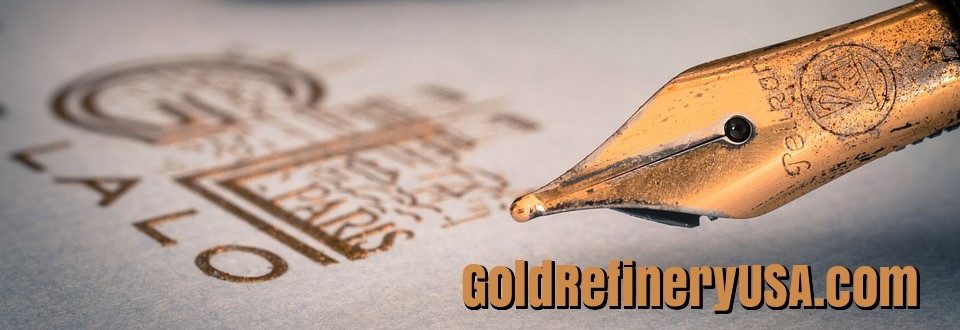In today’s fast-paced and ever-changing financial world, stability and security are two qualities that we all seek in our monetary system. One such system that has stood the test of time and earned the trust of investors worldwide is the Golden Standard. This system, rooted in a currency backed by gold and silver, has proven its worth throughout history and continues to offer various benefits to individuals and nations alike.
Unveiling the Golden Standard
The Golden Standard is a monetary system where a country’s currency is backed by physical gold and silver reserves. Under this system, the value of the currency is linked to a fixed quantity of gold or silver. In essence, each unit of currency represents a specific amount of precious metal. This linkage creates a robust and reliable foundation for the economy, as the currency’s value is intrinsically tied to the scarcity and stability of these precious metals.
Benefits of the Golden Standard
1. Stability and Inflation Protection
One of the key benefits of the Golden Standard is its ability to provide stability to the economy. Unlike fiat currencies, which can be subject to inflation due to excessive money printing, a gold-backed currency maintains its value over time. The limited supply of gold and silver ensures that the value of the currency remains relatively constant, protecting individuals and businesses from the erosion of purchasing power caused by inflation.
2. Confidence and Trust
The Golden Standard instills confidence and trust among investors and the general public. Knowing that their currency is backed by tangible assets, individuals are more likely to have faith in its value and stability. This confidence leads to increased economic activity as people are more willing to save, invest, and engage in business transactions, resulting in overall economic growth and prosperity.
3. Protection Against Currency Manipulation
In a world where currency manipulation is not uncommon, the Golden Standard offers protection against such practices. When a currency is tied to gold and silver, it becomes much more difficult for governments or central banks to manipulate its value for political or economic gains. This stability ensures that individuals and businesses can plan for the long term without the fear of sudden currency devaluation or exchange rate fluctuations.
4. A Hedge Against Financial Crises
During times of financial turmoil or economic crises, the Golden Standard acts as a safe haven for investors. In uncertain times, gold and silver have historically served as a store of value, often rising in price when other investments falter. By investing in gold and silver, individuals can protect their wealth from economic downturns and preserve their purchasing power, providing a much-needed security blanket during turbulent times.
Investing in Gold and Silver: The Key to Harnessing the Golden Standard
To fully reap the benefits of the Golden Standard, individuals should explore investing in gold and silver. These timeless precious metals are not only an integral part of the monetary system; they also offer multiple advantages as investment assets.
1. Diversification and Portfolio Protection
Gold and silver serve as excellent diversification tools that can help balance the risk-to-return ratio of a portfolio. When other investments, such as stocks and bonds, are underperforming, the value of gold and silver tends to rise, acting as a hedge against market volatility. By incorporating these precious metals into their investment portfolios, individuals can reduce risk and safeguard their wealth.
2. Preservation of Wealth
Throughout history, gold and silver have demonstrated their power to preserve wealth. Unlike paper currencies that can become virtually worthless due to hyperinflation or economic instability, these precious metals retain their value over time. By investing in gold and silver, individuals can protect their purchasing power and ensure the long-term preservation of their savings.
3. Potential for Capital Appreciation
Apart from wealth preservation, gold and silver also offer the potential for capital appreciation. Over the years, the demand for these metals has continued to grow, driven by factors such as increasing industrial usage and global economic uncertainties. As a result, their prices have shown a consistent upward trend, presenting opportunities for investors to benefit from capital gains.
4. Liquidity and Universally Recognized Value
Gold and silver are some of the most liquid assets available, meaning they can easily be converted to cash or used as collateral when required. Additionally, their universally recognized value ensures that they can be exchanged for goods and services worldwide without the need for complex conversions or negotiations. This liquidity and universal acceptance make gold and silver highly versatile assets in any investment strategy.
Embrace the Golden Standard for a Secure Financial Future
The Golden Standard, with its reliance on gold and silver-backed currencies, has proven time and again to be a robust and secure monetary system. Its stability, protection against inflation, and resistance to currency manipulation make it an attractive choice for individuals and nations seeking a solid financial foundation.
By investing in gold and silver, individuals can not only harness the benefits of the Golden Standard but also safeguard their wealth, diversify their portfolios, and potentially capitalize on capital appreciation. These precious metals offer a tangible and resilient asset that has stood the test of time, providing peace of mind and financial security in an ever-changing world.
So, why wait? Embrace the timeless allure of the Golden Standard and invest in gold and silver today to pave the way for a prosperous and secure financial future.









